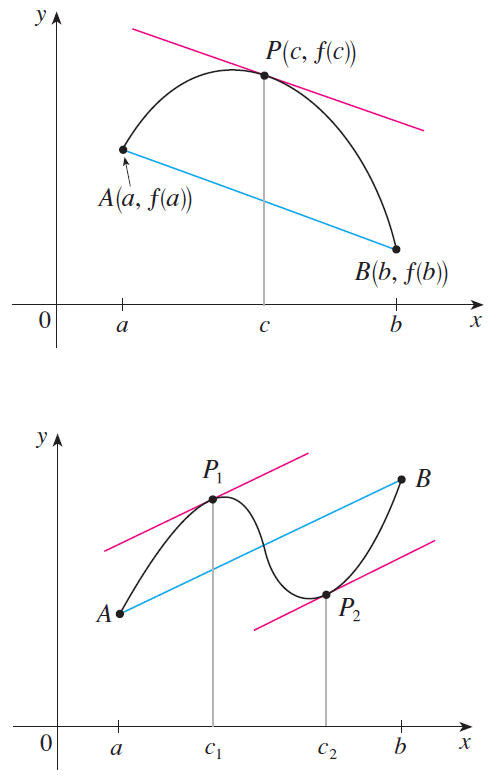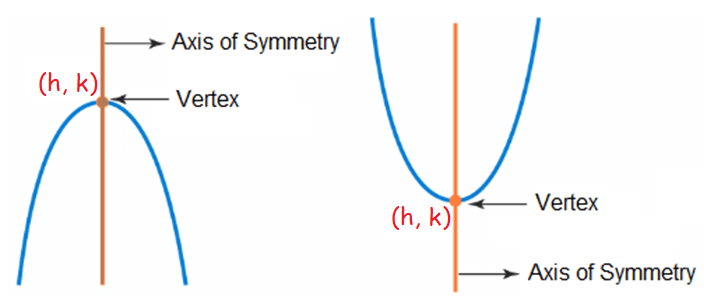HORIZONTAL AND VERTICAL SHIFTS
Horizontal shift of a function is moving its graph to left or right and vertical shift of a function is moving its graph up or down.
Horizontal Shift :
g(x) = f(x - h)
To get the graph of g(x), we have to shift the graph of f(x) horizontally by h units.
Example 1 :
g(x) = f(x - 3)
In f(x - 3), 3 is subtracted from x. In f(x), if a number is subtracted from x, then there is a right shift.
To get the graph of g(x), the graph of f(x) has to be shifted 3 units to the right.
Example 2 :
g(x) = f(x + 3)
In f(x + 3), 3 is added to x. In f(x), if a number is added to x, then there is a left shift.
To get the graph of g(x), the graph of f(x) has to be shifted 3 units to the left.
Vertical Shift :
g(x) = f(x) - k
To get the graph of g(x), we have to shift the graph of f(x) vertically by h units.
Example 3 :
g(x) = f(x) - 3
In f(x) - 3, 3 is subtracted from f. If a number is subtracted from f, then there is a vertical shift of down.
To get the graph of g(x), the graph of f(x) has to be shifted 3 units down.
Example 4 :
g(x) = f(x) + 3
In f(x) + 3, 3 is added to f. If a number is added to f, then there is a vertical shift of up.
To get the graph of g(x), the graph of f(x) has to be shifted 3 units up.
Solved Problems
Problems 1-3 : Refer the graph of f(x) given below.
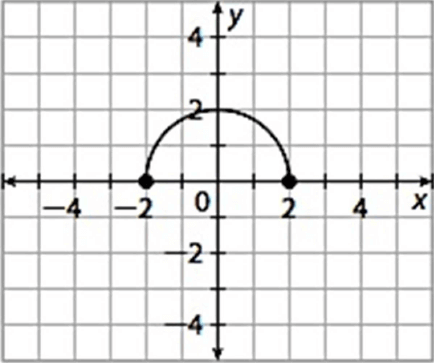
Problem 1 :
Sketch the graph of g(x) such that
g(x) = f(x) - 3
Solution :
In f(x) - 3, 3 is subtracted from f. So, there is a vertical shift of 3 units down.
To get the graph of g(x), the graph of f(x) has to be shifted 3 units down.
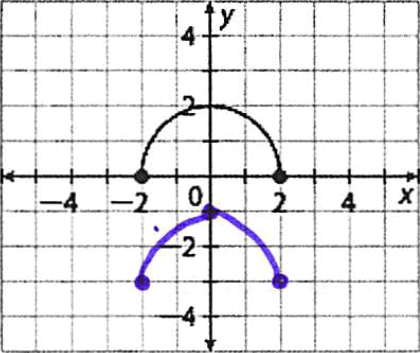
Problem 2 :
Sketch the graph of h(x) such that
h(x) = f(x - 2)
Solution :
In f(x - 2), 2 is subtracted from x. So, there is an horizontal shift of 2 units to the right.
To get the graph of h(x), the graph of f(x) has to be shifted 2 units to the right.
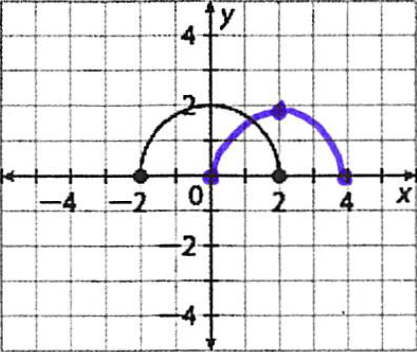
Problem 3 :
Sketch the graph of j(x) such that
j(x) = f(x + 1) + 1
Solution :
In f(x + 1), 1 is added to x. So, there is an horizontal shift of 1 unit to the left.
In f(x + 1) + 1, 1 is added to f. So, there is a vertical shift of 1 unit up.
To get the graph of j(x), the graph of f(x) has to be shifted 1 unit to the left and 1 unit up.
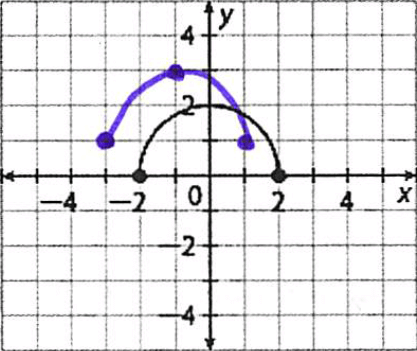
Problems 4-6 : State the transformations on f(x) that woul create the graph of the new function described.
Problem 4 :
g(x) = f(x - 9) + 14
Solution :
Horizontal Shift : 9 units to the right
Vertical Shift : 14 units up
Problem 5 :
Solution :
Vertical Shift : 0.8 units down
Problem 6 :
j(x) = 12 + f(x)
Solution :
j(x) = 12 + f(x)
j(x) = f(x) + 12
NO horizontal shift
Vertical Shift : 12 units up
Kindly mail your feedback to v4formath@gmail.com
We always appreciate your feedback.
©All rights reserved. onlinemath4all.com
Recent Articles
-
The Mean Value Theorem Worksheet
May 14, 24 08:53 AM
The Mean Value Theorem Worksheet -
Mean Value Theorem
May 14, 24 02:48 AM
Mean Value Theorem -
How to Find the Vertex of a Parabola
May 12, 24 10:03 PM
How to Find the Vertex of a Parabola - Concept - Examples

